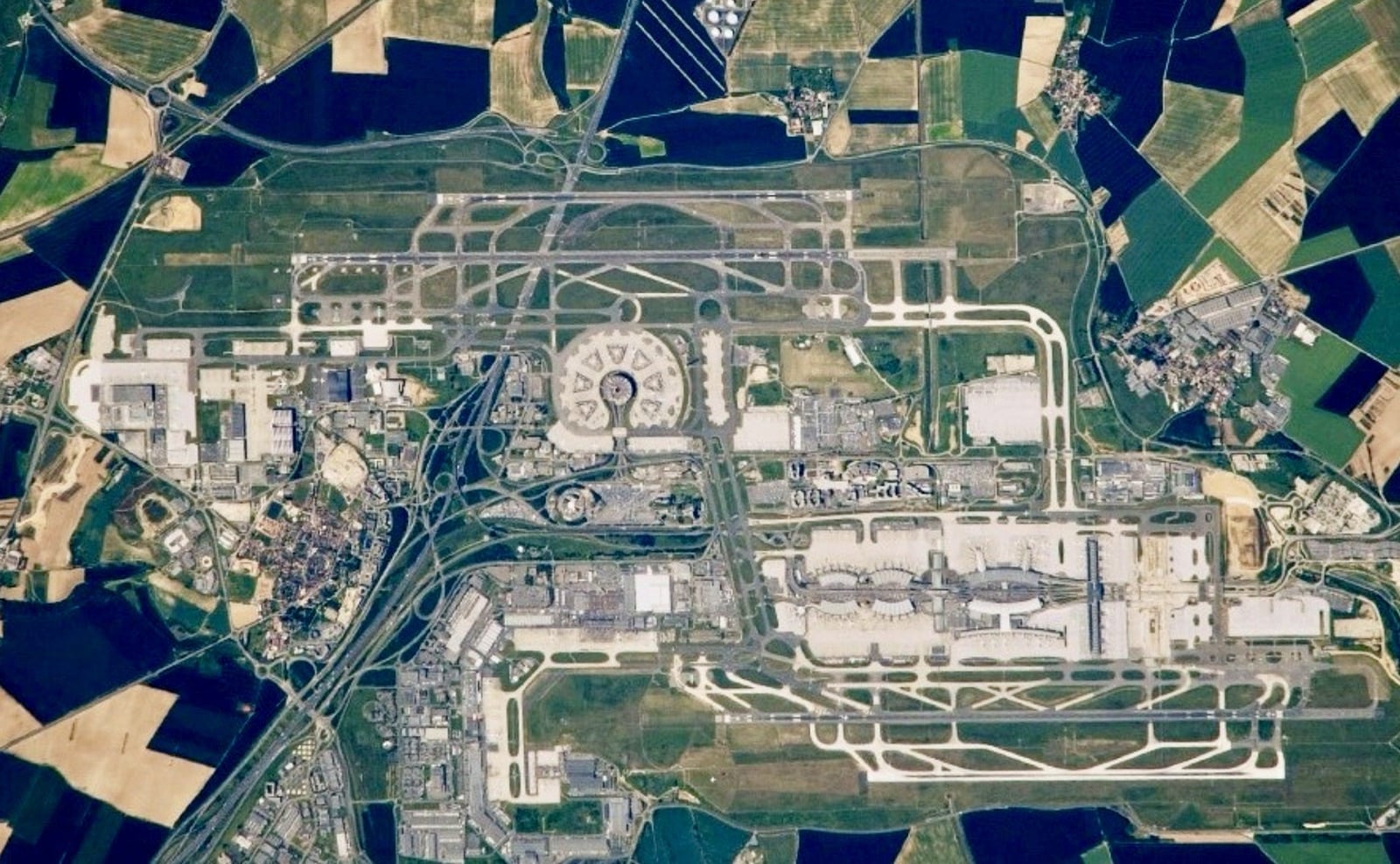Paris Airports Deploy Multi-Layered Anti-Drone Defense System

Paris’s major airports have emerged as European leaders in counter-drone technology, deploying sophisticated detection systems that blend radar, optical sensors, and artificial intelligence to protect against more than 2,000 unauthorized drone incidents annually.
Following flight disruptions in 2016 that forced diversions at Orly Airport, Groupe ADP—the operator of Roissy-Charles-de-Gaulle and Orly—made airport drone defense a strategic priority. The company’s response demonstrates how critical infrastructure is adapting to aerial threats that have intensified across Europe, particularly as recent mysterious drone intrusions over military bases in Denmark and Norway have raised security concerns continent-wide.
France Acts Early on Drone Threats
Unlike many airports that waited for regulations to catch up with technology, Paris moved decisively in 2017 by creating Hologarde, a dedicated subsidiary tasked with monitoring and managing drones in low-altitude airspace. The specialized unit didn’t work in isolation—it partnered with defense giant Thales and France’s Air Navigation Services Directorate to develop comprehensive countermeasures that have since become a model for other European airports.
The 20-minute flight diversion at Orly in 2016 proved to be an expensive wake-up call. Rather than treating drone incursions as isolated incidents, Groupe ADP recognized them as an evolving security challenge requiring permanent technological solutions.
Layered Detection Technology
Paris’s anti-drone architecture combines multiple detection methods to minimize false alarms while maintaining constant vigilance. The system integrates optical cameras, radar arrays, and radio frequency sensors—each covering different detection scenarios and environmental conditions.
Artificial intelligence software serves as the system’s brain, distinguishing actual drone threats from birds, aircraft, and other airborne objects. More recently, Paris airports have incorporated commercial detection tools like DJI Aeroscope, which can identify specific drone models and track their telemetry in real-time. This granular level of monitoring proved particularly valuable during EUROCONTROL’s ACUTE project, which analyzed drone activity patterns across the Paris region and identified operational hotspots.

The scale of the challenge is sobering: airports and sensitive sites around Paris face over 2,000 drone-related incidents each year, with machine-learning analysis revealing seasonal spikes during summer months and recurring proximity risks with manned aircraft.
European Context and Rising Threats
Paris’s proactive stance has gained urgency as drone intrusions have multiplied across Europe in 2025. Denmark recently imposed a temporary ban on all civilian drone flights to secure an EU summit after suspected foreign-operated drones repeatedly violated restricted airspace. NATO members have increased counter-UAS vigilance amid concerns about hybrid attacks and state-sponsored aerial reconnaissance.
The technology refined at Paris airports is now being adopted elsewhere as European aviation authorities recognize that reactive measures are insufficient for a threat that evolves as quickly as consumer drone capabilities.
DroneXL’s Take
Paris’s multi-year investment in layered drone defense illustrates a critical truth: protecting airports from unauthorized drones isn’t a one-time technology purchase but an ongoing arms race requiring collaboration between aviation authorities, defense contractors, and AI developers. The 2,000+ annual incidents at Paris sites alone suggest that drone intrusions have become normalized rather than exceptional.
What’s particularly notable is how Paris blended military-grade detection (Thales) with commercial drone monitoring tools (DJI Aeroscope) to create a hybrid system that’s both sophisticated and practical. As other airports race to deploy similar protections, the question becomes whether standardized counter-drone systems will emerge across Europe or if each nation will develop proprietary solutions that may not integrate well during cross-border incidents.
The rising threat level—evidenced by Denmark’s flight ban and NATO’s heightened alert status—suggests that airport drone defense will only grow more complex and expensive. Are we approaching a point where geo-fencing and remote ID become mandatory for all drones, or will detection technology always be playing catch-up?
What’s your take on airport drone defense systems? Should airports invest in detection only, or also in active countermeasures? Share your thoughts in the comments below.
Discover more from DroneXL.co
Subscribe to get the latest posts sent to your email.
Check out our Classic Line of T-Shirts, Polos, Hoodies and more in our new store today!

MAKE YOUR VOICE HEARD
Proposed legislation threatens your ability to use drones for fun, work, and safety. The Drone Advocacy Alliance is fighting to ensure your voice is heard in these critical policy discussions.Join us and tell your elected officials to protect your right to fly.
Get your Part 107 Certificate
Pass the Part 107 test and take to the skies with the Pilot Institute. We have helped thousands of people become airplane and commercial drone pilots. Our courses are designed by industry experts to help you pass FAA tests and achieve your dreams.

Copyright © DroneXL.co 2025. All rights reserved. The content, images, and intellectual property on this website are protected by copyright law. Reproduction or distribution of any material without prior written permission from DroneXL.co is strictly prohibited. For permissions and inquiries, please contact us first. DroneXL.co is a proud partner of the Drone Advocacy Alliance. Be sure to check out DroneXL's sister site, EVXL.co, for all the latest news on electric vehicles.
FTC: DroneXL.co is an Amazon Associate and uses affiliate links that can generate income from qualifying purchases. We do not sell, share, rent out, or spam your email.


















